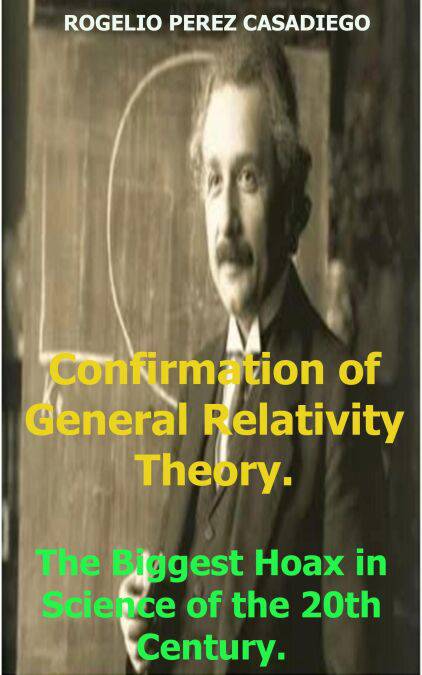
- Retrait gratuit dans votre magasin Club
- 7.000.000 titres dans notre catalogue
- Payer en toute sécurité
- Toujours un magasin près de chez vous
- Retrait gratuit dans votre magasin Club
- 7.000.0000 titres dans notre catalogue
- Payer en toute sécurité
- Toujours un magasin près de chez vous
Confirmation of General Relativity Theory; The Biggest Hoax in Science of the 20th Century. EBOOK
Rogelio Perez CasadiegoDescription
On May 29, 1919, during a total solar eclipse visible from Brazil and Africa, a team of British astronomers carried out a crucial experiment to verify Albert Einstein's new theory of general relativity.
Led by Arthur Eddington, they pointed their telescopes at the stars near the darkened Sun, seeking to detect Einstein's prediction that rays of stellar light would be subtly bent by the Sun's gravitational field. The success of the experiment would catapult Einstein to world fame. .
This book tells the fascinating story of the ambitious 1919 experiment, its protagonists, and the rivalry between the cosmological visions of Einstein and Newton that was at stake.
It details the preparations for the measurement during the eclipse, the theory of general relativity that was sought to be tested, Eddington's trip to the remote island of Principe for the observations, the results and its controversial initial interpretation.
It also examines the doubts and criticisms subsequently raised about the validity of the data, the precision achieved, possible biases and the solidity of the conclusions. It also explores the historical context, the enthusiasm for establishing a new physics, and the lasting legacy of this key episode in modern science.
A rigorous yet accessible account of the ambitious 1919 experiment and its role in establishing Einstein's visionary theory of relativity, which forever transformed our understanding of space, time and gravitation.
Spécifications
Parties prenantes
- Auteur(s) :
- Editeur:
Contenu
- Langue:
- Anglais
Caractéristiques
- EAN:
- 9798224095650
- Date de parution :
- 22-01-24
- Format:
- Ebook
- Protection digitale:
- /
- Format numérique:
- ePub

Les avis
Nous publions uniquement les avis qui respectent les conditions requises. Consultez nos conditions pour les avis.






